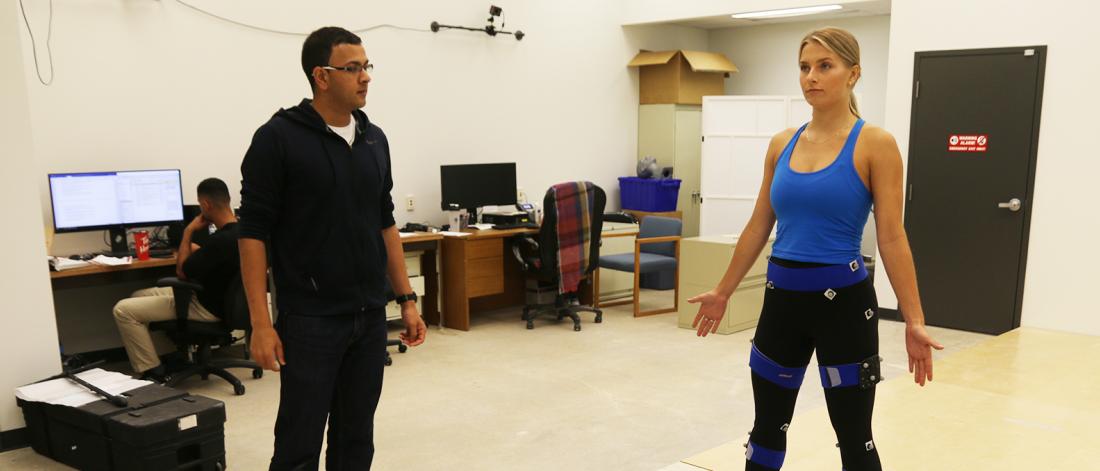Our goals
Dr. Singer uses kinetic, kinematic and electromyographic outcome measures to understand human stability control during tasks such as quiet unperturbed standing, compensatory stepping and steady-state gait.
The laboratory is equipped with a 16-camera Vicon motion analysis system, 4 walkway-embedded Kistler force platforms, a Bertec fully-instrumented split-belt treadmill, two 8-channel Bortec EMG bioamplifiers, a GAITRite portable pressure sensitive walkway and various strain-gauge based force transducers.

